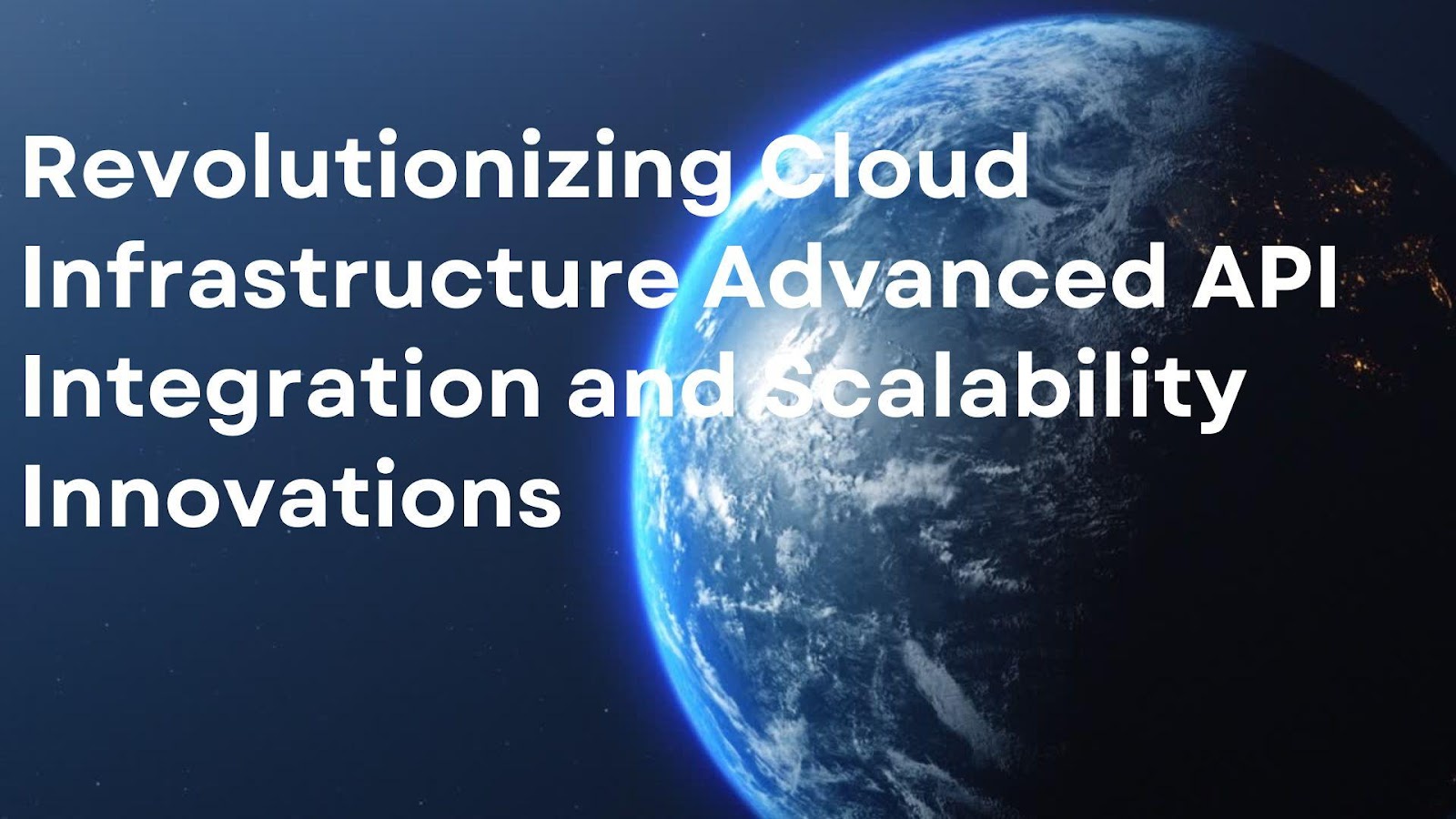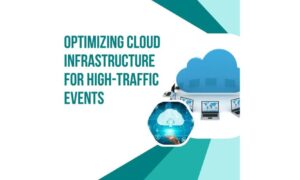The evolution of cloud computing has brought transformative changes to enterprise infrastructure, driven by the need for scalability, security, and efficiency. In this article, we explore cutting-edge innovations in cloud architecture, focusing on advanced API integration and scalability strategies. Himaja Sabbineni, an expert in cloud systems, provides valuable insights into how organizations can build resilient and future-ready cloud environments.
The Power of Distributed Computing
Modern cloud architectures leverage distributed computing to enhance performance and reliability. Organizations have reported up to a 40% improvement in resource utilization through intelligent workload distribution. Advanced algorithms now enable data processing across thousands of nodes while maintaining sub-millisecond latency. This shift has led to optimized infrastructure costs and enhanced system performance, making distributed computing a cornerstone of scalable cloud solutions.
Streamlining Deployments
Containerization has revolutionized cloud deployment, reducing operational overhead by 45% and deployment times by 60%. Automated container orchestration enables seamless scaling and efficient resource management. With an average of 75% improvement in application portability, organizations can deploy applications across diverse environments. These advancements ensure that cloud-native applications remain adaptable to evolving business needs.
Intelligent Load Balancing and Auto-Scaling
Dynamic load balancing strategies now incorporate machine learning algorithms to predict traffic surges and allocate resources accordingly. This has resulted in 99.99% uptime and the ability to handle traffic spikes of up to 300% without performance degradation. Adaptive auto-scaling mechanisms enable businesses to respond to fluctuations in real time, optimizing cost and user experience. These intelligent systems also factor in historical usage patterns, seasonal trends, and event-based anomalies to proactively provision resources. By analyzing metrics like request latency, CPU utilization, and memory consumption, the ML models continuously refine their predictions, ensuring optimal resource distribution across the infrastructure.
API Integration: The Backbone of Modern Cloud Systems
APIs serve as the communication bridge between cloud services, and recent advancements have enhanced their efficiency. REST APIs dominate the market, but GraphQL and gRPC have gained traction, offering up to 10x faster response times in certain use cases. These protocols enable seamless data exchange while improving system performance and interoperability across platforms. Modern API management platforms now incorporate advanced security features like OAuth 2.0 and JWT tokens, ensuring robust authentication and authorization. Additionally, API versioning strategies and comprehensive documentation tools have simplified the development process, reducing integration time and maintenance overhead for development teams.
Optimizing API Performance
Organizations implementing advanced API optimization techniques—such as connection pooling, request batching, and caching—report a 65% reduction in latency and up to 300% throughput improvements. With real-world systems handling over 50,000 requests per second, performance optimization is crucial for delivering seamless digital experiences. Edge caching strategies and intelligent load shedding mechanisms further enhance API reliability, while sophisticated monitoring tools provide real-time visibility into system bottlenecks and performance metrics.
Enhancing Security in API Implementations
Security remains a top priority in cloud environments. Organizations utilizing OAuth 2.0, API key rotation, and real-time threat detection have seen an 85% reduction in security incidents. API gateways incorporate robust security measures such as rate limiting and request validation, ensuring secure and resilient API communication.
Future Trends: Serverless and Edge Computing
The rise of serverless computing and edge processing is reshaping cloud strategies. Serverless architectures reduce operational costs by up to 80%, while edge computing lowers latency by 60%. By 2026, over 75% of enterprise data processing is expected to occur at the edge, enabling real-time, intelligent decision-making closer to end users.
AI-Driven Cloud Management
Artificial intelligence is playing a significant role in optimizing cloud operations. Organizations using AI-powered automation have reported a 55% reduction in operational incidents and a 40% improvement in resource utilization. Predictive analytics now enable proactive infrastructure scaling, ensuring seamless performance even during peak usage periods.
In conclusion the integration of advanced API strategies and scalable cloud architectures is shaping the future of digital infrastructure. As businesses continue their cloud transformation journey, adopting emerging technologies such as serverless computing, edge processing, and AI-driven automation will be critical for sustained success. Himaja Sabbineni’s insights highlight the importance of staying ahead in this rapidly evolving landscape, ensuring organizations can build resilient, efficient, and secure cloud environments.



































